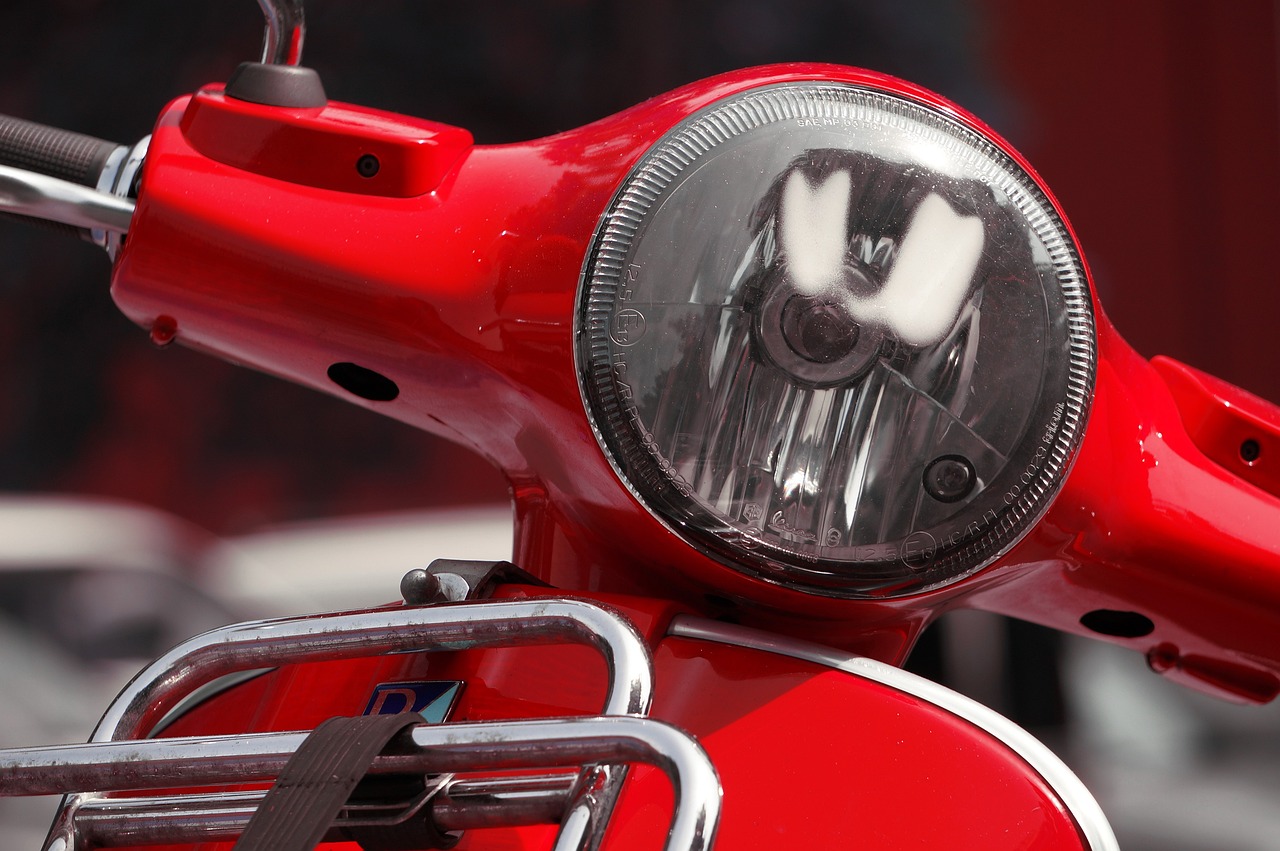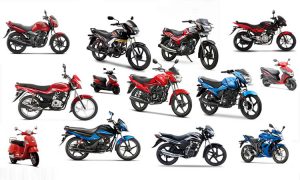
As November draws to a close and winter approaches, navigating on two-wheelers becomes considerably challenging. However, given that two-wheelers are the predominant mode of transportation in Nepal, it’s crucial to address the potential issues that may arise during the harsh winter season. To ensure your two-wheeler remains in optimal condition, here are some ways to protect it.
Ways to protect two-wheelers in winter
1. Cover it properly
Whether it is winter or any other season, covering your two-wheeler is crucial. However, during the winter season, it becomes more exposed to moisture, plummeting temperatures, and snow, especially if you reside in snowy areas. Utilising a microfiber cloth or a nylon polyester cover can safeguard it from harmful UV rays, dust, and moisture, maintaining cleanliness. For added precaution, consider storing it in a garage or shed with a cover.

2. Battery maintenance
In winter, two-wheeler batteries wear out faster due to cold temperatures slowing down the chemical reactions inside the battery which in turn increases the demand for extra power during starts and thickens the electrolyte. Older or weakened batteries are more susceptible to this problem due to excessive use or no use at all. You can solve it by charging the battery using proper battery charger equipment or getting a newer battery.
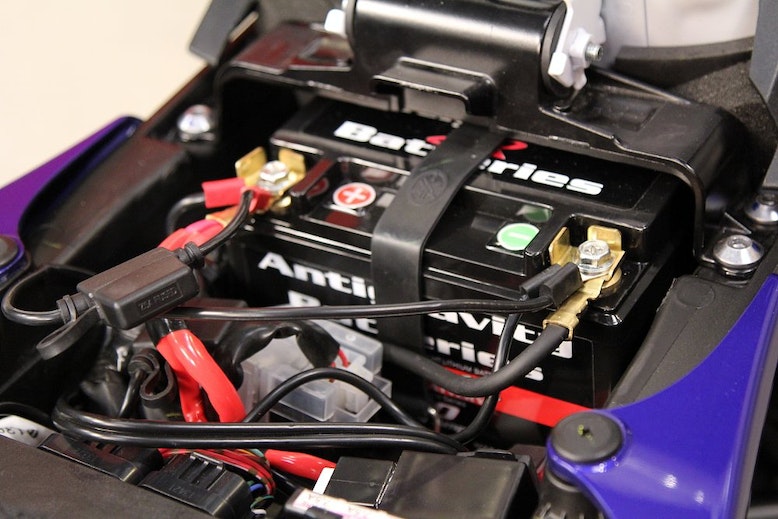
3. Oil and Air filter change
It is essential to change the air filter and oil on your two-wheeler during the winter. Oil viscosity can be adversely affected by low temperatures and increased moisture levels, resulting in thicker and less efficient oil for engine lubrication.
This may put excessive stress on the engine, especially on cold starts, and result in more wear and tear. In the winter months, dirt and impurities may also build up in the air filter, which can limit airflow and affect engine efficiency. An unclean air filter can reduce engine efficiency, leading to low power production or inefficient fuel use.

4. Proper warmup/Cold start
A proper warmup or a cold start is crucial for your two-wheeler before riding in the cold season. Starting it without warming it up first can result in more wear and tear on the engine’s parts since cold weather thickens the engine oil.
Allowing the engine to warm up for a few minutes improves oil flow, which reduces stress and protects crucial engine components like pistons, crankshafts and engine rods. The performance also significantly improves with the engine properly heated up. It is suggested to warm up the engine for around 5 minutes according to your engine specifications.
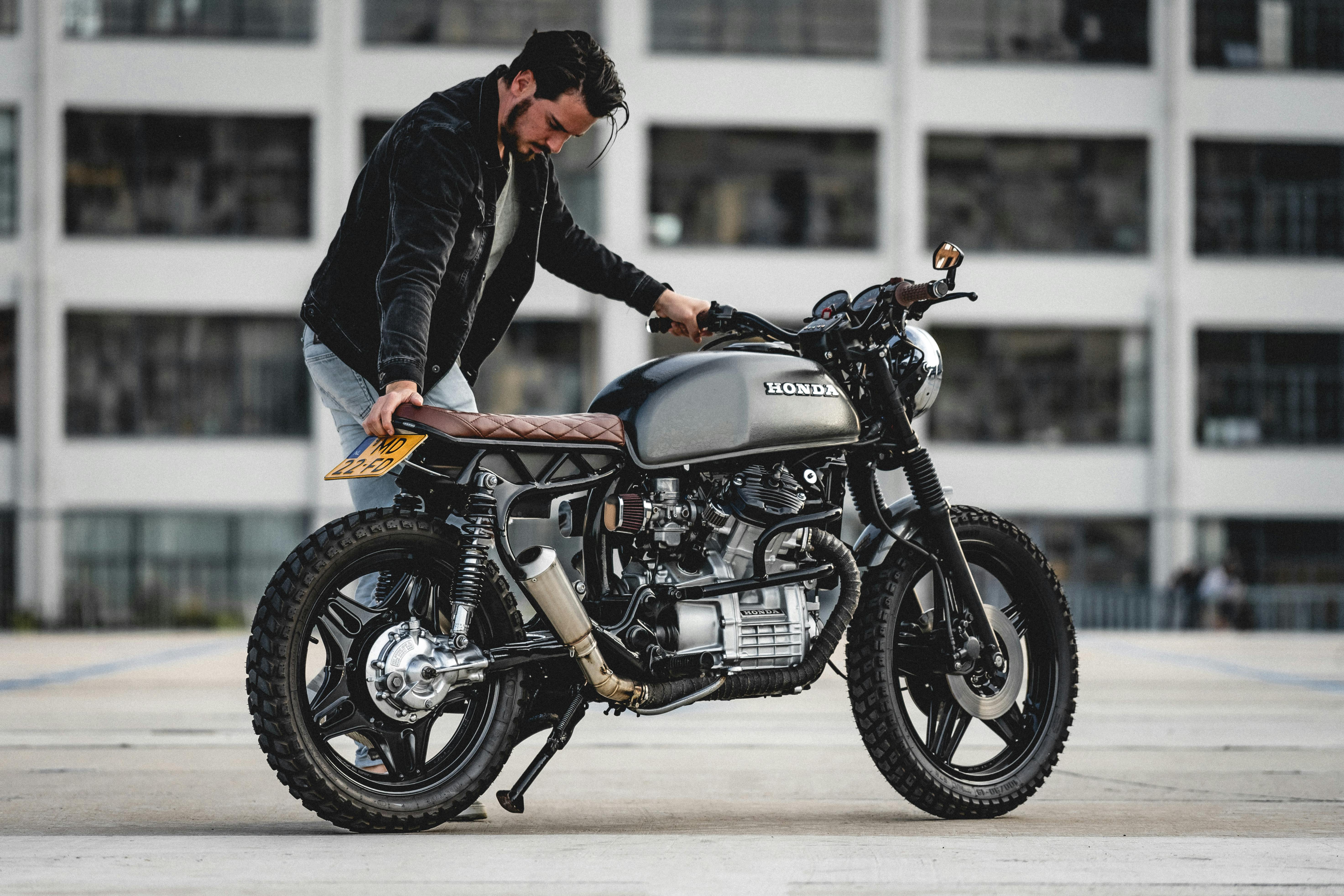
5. Tyre care
Taking care of your two-wheeler tyre is a must during the winter. Tyre performance and traction on icy or wet roads can be negatively impacted by low tyre pressure, which mostly occurs in cold weather. Fundamentally, tyre pressure be checked frequently and maintained under manufacturer guidelines. Ignoring tyre care during the winter can lead to loosened grip, decreased control, and increased risk of accidents because of bad road conditions.

6. Servicing
If you are riding your two-wheeler daily for work or travel purposes it is very essential to service it on the dedicated time. Servicing is a time when you can also know about the possible faults of your two-wheeler. With proper servicing and maintenance, it can survive through the winter season with ease. It is also important for a reliable and safer ride.
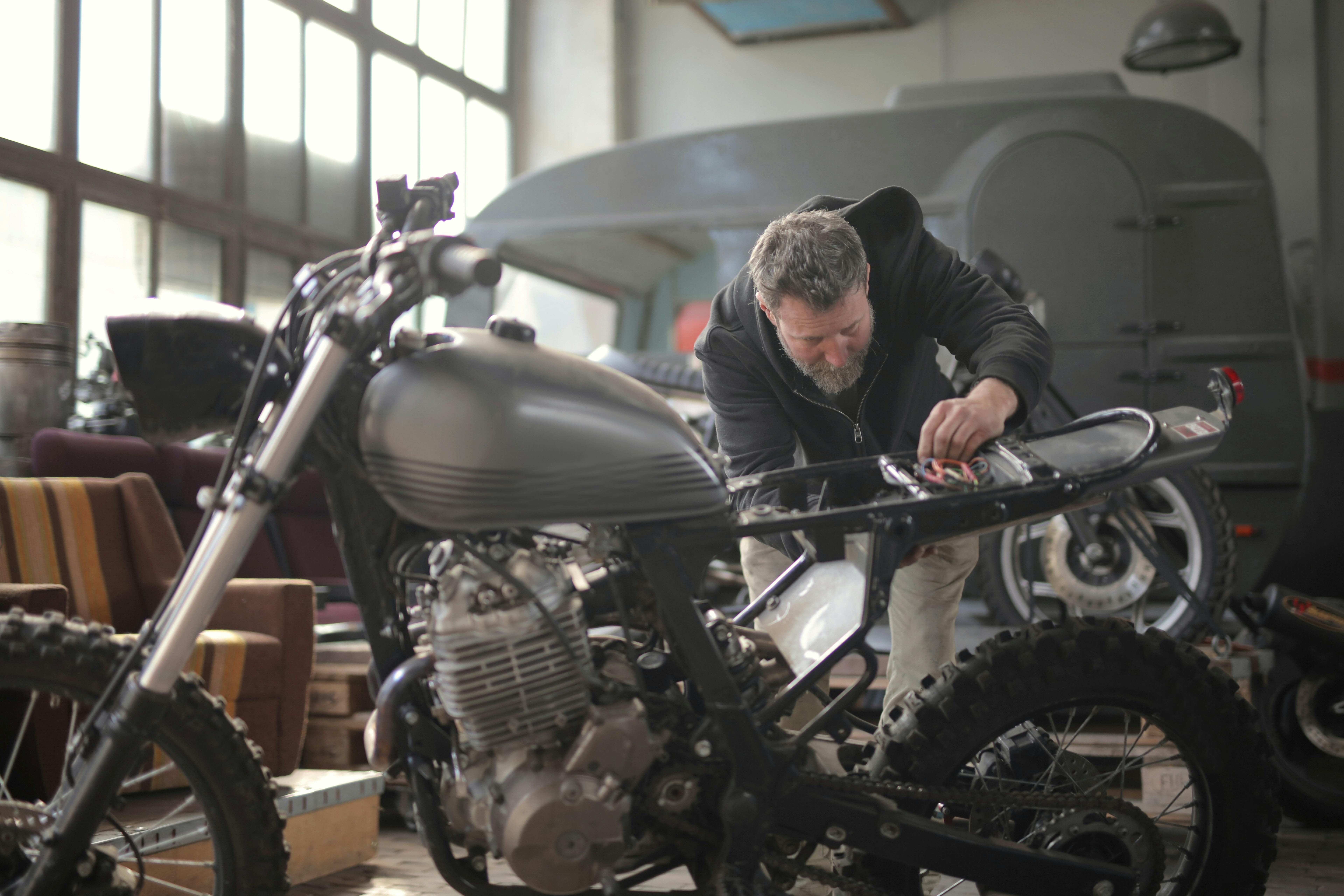
7. Inspection of electricals
Motorcycle electrical systems are more sensitive to damage in the winter months because of increased moisture and corrosion, temperature variations which strain materials, decreased battery performance, condensation on parts, and greater use of electrical equipment. Use dielectric grease on connections, keep the motorcycle in a dry place, insulate exposed wires, restrict the use of electrical accessories, and perform routine maintenance and inspections to quickly solve any possible problems to protect motorcycle electrical components.
